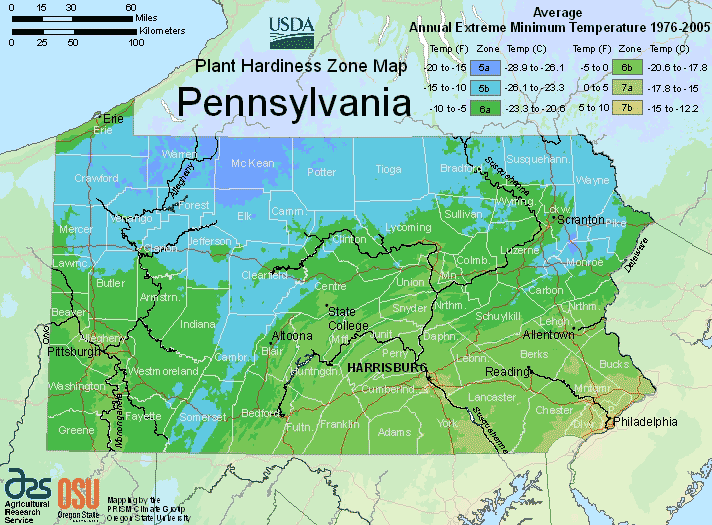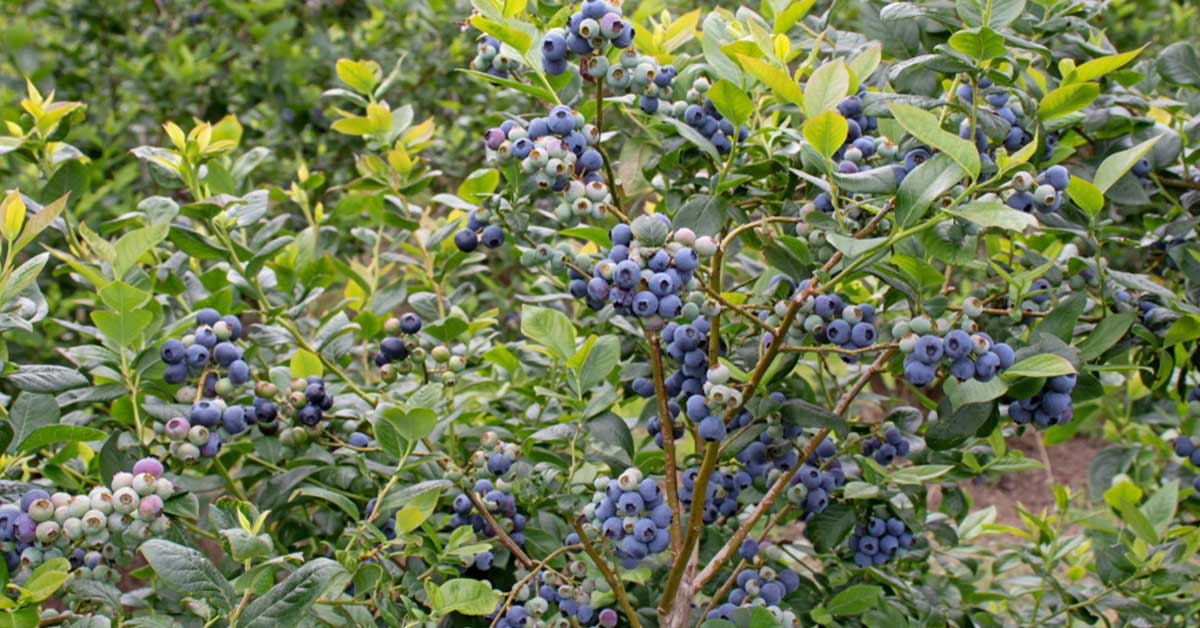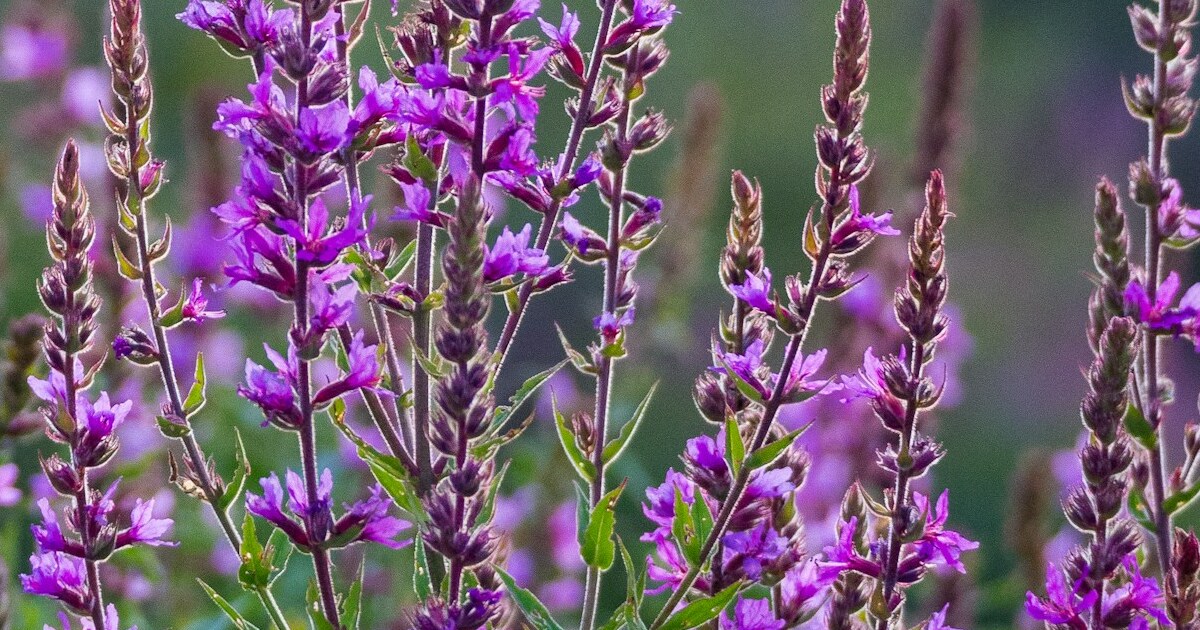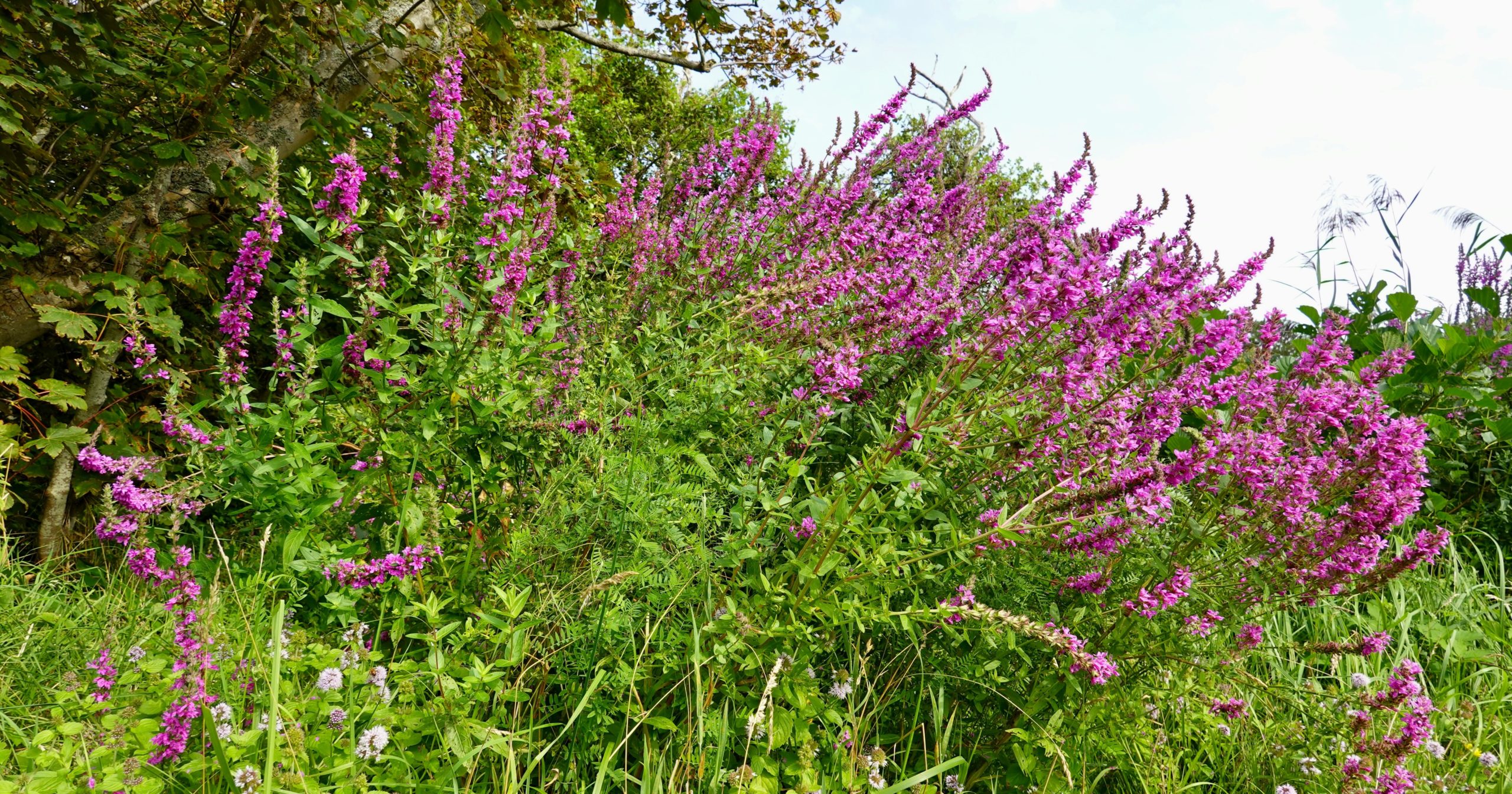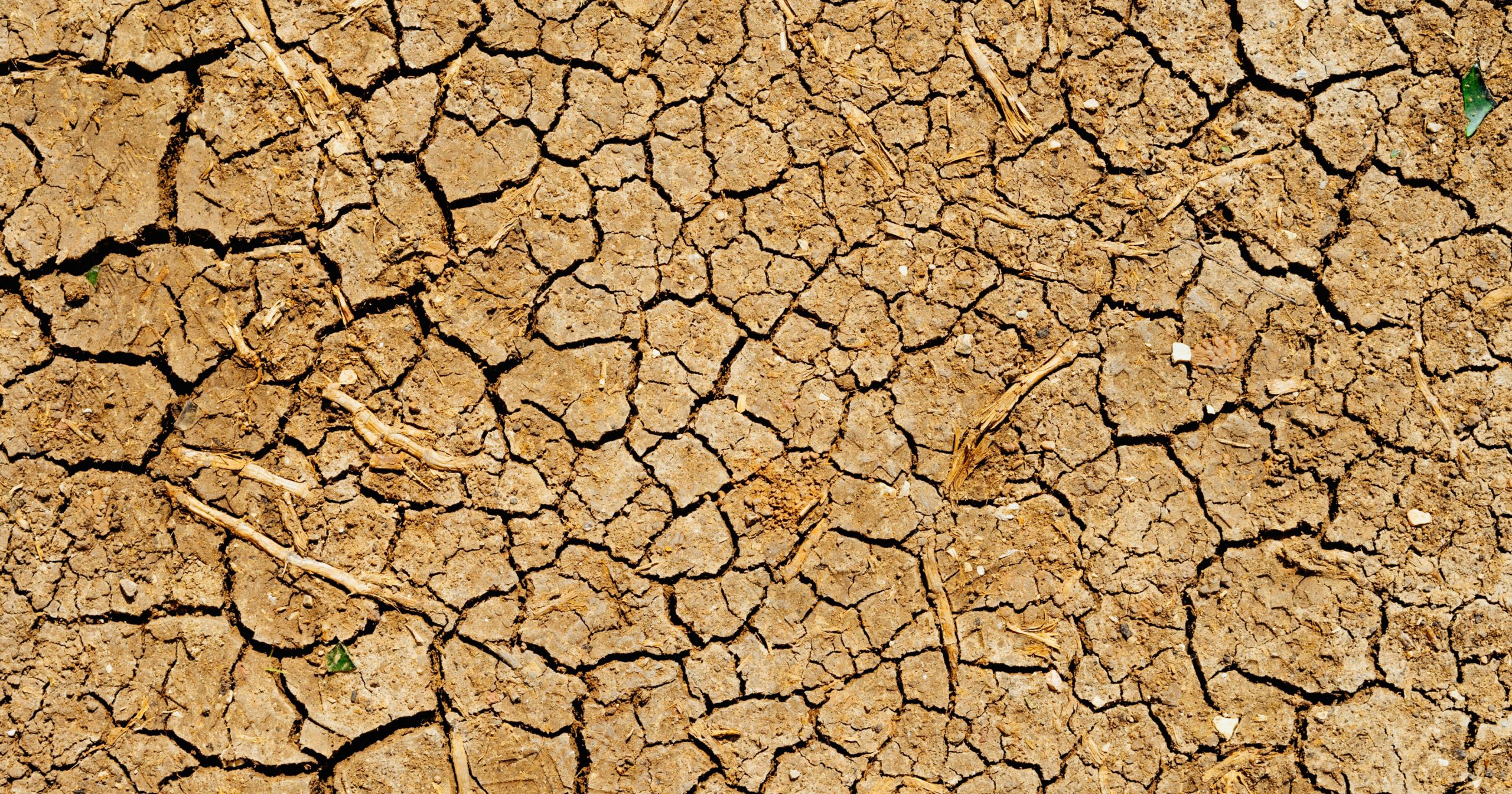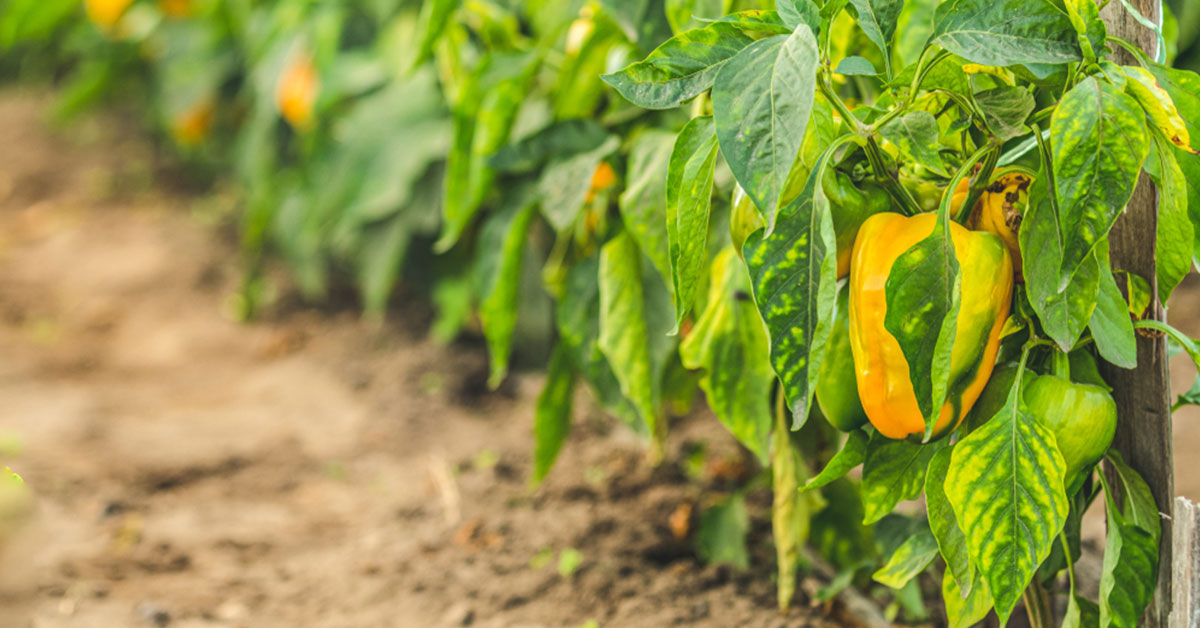Welcome to the vibrant world of gardening in Philadelphia, where urban landscapes come alive with an array of plants and flowers. Nestled in the USDA hardiness zone 7a, Philadelphia offers a unique climate that presents both opportunities and challenges for gardeners. With its moderate winters and hot, humid summers, this zone provides a diverse range of plant options that can thrive in the city’s microclimates.
Whether you have a small balcony, a backyard oasis, or a community garden plot, understanding the USDA hardiness zone is crucial for selecting the right plants and ensuring their success. In this article, we will delve into the intricacies of gardening in Philadelphia’s zone 7a, exploring the best practices, plant choices, and tips to create a flourishing garden that thrives in this dynamic urban environment.
What is Philadelphia’s USDA hardiness zone?
The USDA hardiness zone is a system developed by the United States Department of Agriculture (USDA) to categorize regions based on their average annual minimum temperatures. This system helps gardeners and plant enthusiasts determine which plants are most likely to thrive in a specific area. Philadelphia, located in the northeastern part of the United States, falls under USDA hardiness zone 7a. This means that the average annual minimum temperature in Philadelphia ranges from 0°F to 5°F (-18°C to -15°C).
It is important to note that this is just an average, and extreme cold spells can occur, especially during winter months. Understanding the hardiness zone is crucial for successful gardening because it helps determine which plants can survive and thrive in a specific climate. Plants that are not suitable for the hardiness zone may struggle to survive or may not survive at all. In Philadelphia’s zone 7a, gardeners have a wide range of plant options to choose from. Many popular garden plants, including perennials, shrubs, and trees, are well-suited to this zone. Some examples of plants that thrive in zone 7a include:
Perennials: Daylilies, hostas, asters, coneflowers, and black-eyed Susans are all excellent choices for Philadelphia’s climate.
Shrubs: Rhododendrons, azaleas, hydrangeas, and forsythias are popular shrubs that can withstand the winter temperatures in zone 7a.
Trees: Dogwoods, redbuds, Japanese maples, and magnolias are beautiful trees that can thrive in Philadelphia’s hardiness zone.
It is important to consider other factors besides hardiness zone when selecting plants for your garden. Soil type, sunlight exposure, and moisture levels also play a significant role in plant health and growth. Additionally, microclimates within a specific zone can vary, so it’s essential to observe your specific garden conditions and make adjustments accordingly. By understanding the USDA hardiness zone in Philadelphia, gardeners can make informed decisions about plant selection, ensuring a successful and thriving garden.
When can you plant your garden in Philadelphia?
In Philadelphia, the ideal planting times can be determined based on its USDA hardiness zone, which is Zone 7a. This zone indicates the average minimum winter temperature range of 0 to 5 degrees Fahrenheit (-17.8 to -15 degrees Celsius). Here are the ideal planting times for various types of plants in Philadelphia:
Spring Vegetables: Cool-season vegetables like lettuce, spinach, peas, and radishes can be planted as early as late March or early April, once the soil has thawed and temperatures consistently reach above freezing.
Warm-season Vegetables: Warm-season vegetables such as tomatoes, peppers, cucumbers, and beans should be planted after the last frost date, which typically occurs around mid-April to early May in Philadelphia. It is important to wait until the soil has warmed up to at least 60 degrees Fahrenheit (15.6 degrees Celsius) for optimal growth.
Perennials: Perennial flowers and plants can be planted in Philadelphia during spring or fall. Spring is generally the best time for planting perennials, allowing them to establish their root systems before the heat of summer. Fall planting can also be done, but it should be at least six weeks before the first expected frost to give the plants enough time to establish roots.
Trees and Shrubs: Trees and shrubs can be planted in Philadelphia during both spring and fall. Spring planting allows them to take advantage of the warmer temperatures and ample rainfall, while fall planting gives them time to establish roots before the next growing season.
Bulbs: Spring-flowering bulbs like tulips, daffodils, and hyacinths should be planted in the fall, ideally around September or October, before the first frost. This allows them to undergo a period of dormancy during winter and bloom in spring.
It’s important to note that these planting times are general guidelines, and local weather conditions can vary from year to year. It’s always a good idea to monitor weather forecasts and adjust planting times accordingly. Additionally, some plants may have specific requirements, so it’s recommended to refer to individual plant care instructions for more precise planting guidelines.
What grows well in Philadelphia?
Philadelphia falls under USDA hardiness zone 7a, which means it experiences an average minimum winter temperature of 0 to 5 degrees Fahrenheit (-17.8 to -15 degrees Celsius). Here is a comprehensive list of plants that generally grow well in Philadelphia’s climate:
- Black-eyed Susan (Rudbeckia)
- Coneflower (Echinacea)
- Daylily (Hemerocallis)
- Hosta
- Bee balm (Monarda)
- Salvia
- Russian sage (Perovskia)
- Sedum
- Phlox
- Coreopsis
- Astilbe
- Bleeding heart (Dicentra)
- Catmint (Nepeta)
- Coral bells (Heuchera)
- Shasta daisy (Leucanthemum)
- Lamb’s ear (Stachys)
- Yarrow (Achillea)
- Hellebore
- Japanese anemone (Anemone hupehensis)
- Baptisia
- Marigold (Tagetes)
- Zinnia
- Petunia
- Geranium
- Impatiens
- Begonia
- Salvia
- Lobelia
- Cosmos
- Snapdragons (Antirrhinum)
- Alyssum
- Nasturtium
- Coleus
- Calendula
- Lantana
- Nicotiana
- Portulaca
- Verbena
- Torenia
- Azalea
- Rhododendron
- Hydrangea
- Forsythia
- Lilac (Syringa)
- Spirea
- Viburnum
- Weigela
- Boxwood (Buxus)
- Beautyberry (Callicarpa)
- Potentilla
- Winterberry (Ilex verticillata)
- Witch hazel (Hamamelis)
- Ninebark (Physocarpus)
- Smoke bush (Cotinus)
- Summersweet (Clethra)
- Inkberry (Ilex glabra)
- Japanese pieris (Pieris japonica)
- Mock orange (Philadelphus)
- Red maple (Acer rubrum)
- Sugar maple (Acer saccharum)
- Dogwood (Cornus)
- Eastern redbud (Cercis canadensis)
- Japanese maple (Acer palmatum)
- Ginkgo biloba
- American beech (Fagus grandifolia)
- White oak (Quercus alba)
- River birch (Betula nigra)
- American hornbeam (Carpinus caroliniana)
- American holly (Ilex opaca)
- Eastern red cedar (Juniperus virginiana)
- Eastern white pine (Pinus strobus)
- Sweetgum (Liquidambar styraciflua)
- Tulip tree (Liriodendron tulipifera)
- Bald cypress (Taxodium distichum)
- American sycamore (Platanus occidentalis)
- Black gum (Nyssa sylvatica)
- Serviceberry (Amelanchier)
Remember to consider factors such as soil type, sunlight exposure, and moisture levels when selecting plants for your specific garden conditions.
What won’t grow in Philadelphia?
In Philadelphia, which falls within USDA hardiness zone 7a, there are certain plants that may struggle to thrive due to the local climate conditions. Here are some examples:
- Tropical plants: Plants that require a consistently warm and humid climate, such as banana trees (Musa spp.), coconut palms (Cocos nucifera), and hibiscus (Hibiscus spp.), may struggle to survive the colder winters and lower humidity levels in Philadelphia.
- Desert plants: Plants adapted to arid desert environments, like cacti (Cactaceae family) and succulents, may have difficulty thriving in Philadelphia’s relatively wetter and more temperate climate.
- Subtropical plants: Some subtropical plants, such as citrus trees (Citrus spp.), may struggle to survive Philadelphia’s colder winters, as they are more suited to warmer climates.
- Tender perennials: Certain tender perennials, like bougainvillea (Bougainvillea spp.) and angel’s trumpet (Brugmansia spp.), may not survive Philadelphia’s cold winters and may need to be treated as annuals or brought indoors during the colder months.
- Alpine plants: Plants that are adapted to high-altitude or mountainous regions, like alpine flowers and certain conifers, may struggle in Philadelphia’s lower elevation and milder climate.
It’s important to note that while these plants may not thrive in Philadelphia’s climate, it doesn’t mean they cannot be grown at all. With proper care, such as providing winter protection or growing them in containers that can be moved indoors during colder months, it is possible to cultivate these plants in Philadelphia.
